Join on WhatsApp
Get the latest updates directly on WhatsApp – motivation, news & more!
Fresh bread is one of life’s simple pleasures. Whether it’s a crusty sourdough, a soft sandwich loaf, or a homemade banana bread, nothing beats the taste and texture of freshly baked bread. But keeping it that way can be a challenge. Bread tends to dry out, go stale, or worse develop mold much quicker than we’d like.
The good news is that with a few easy storage hacks, you can keep your bread soft, fresh, and mold-free for days, or even longer. Here are five proven tricks to help you make the most of every loaf without wasting a single slice.
Store Bread in a Bread Box
One of the most traditional and reliable ways to store bread is in a bread box. It may sound old-fashioned, but this simple container creates the perfect environment for bread. It allows just enough air circulation to prevent mold while retaining enough humidity to keep the bread soft.
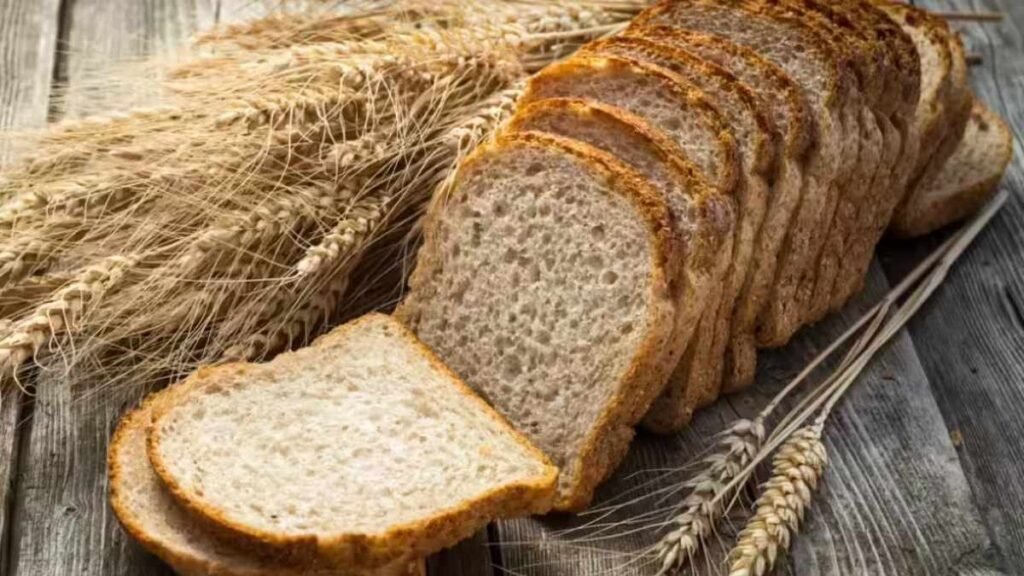
Unlike plastic bags, which trap moisture and create a breeding ground for mold, or leaving bread out in the open air, which leads to rapid drying, a bread box finds the right balance. Choose a wooden or metal bread box and keep it in a cool, dry place away from direct sunlight or heat sources.
Bread boxes are ideal for crusty loaves like baguettes or artisan sourdough, helping them maintain their texture and flavor longer than if stored in plastic or paper alone.
Freeze Slices for Long-Term Freshness
If you don’t eat bread every day, freezing it is one of the best ways to keep it fresh and prevent mold. Freezing not only halts mold growth but also locks in moisture and preserves the softness of the bread.
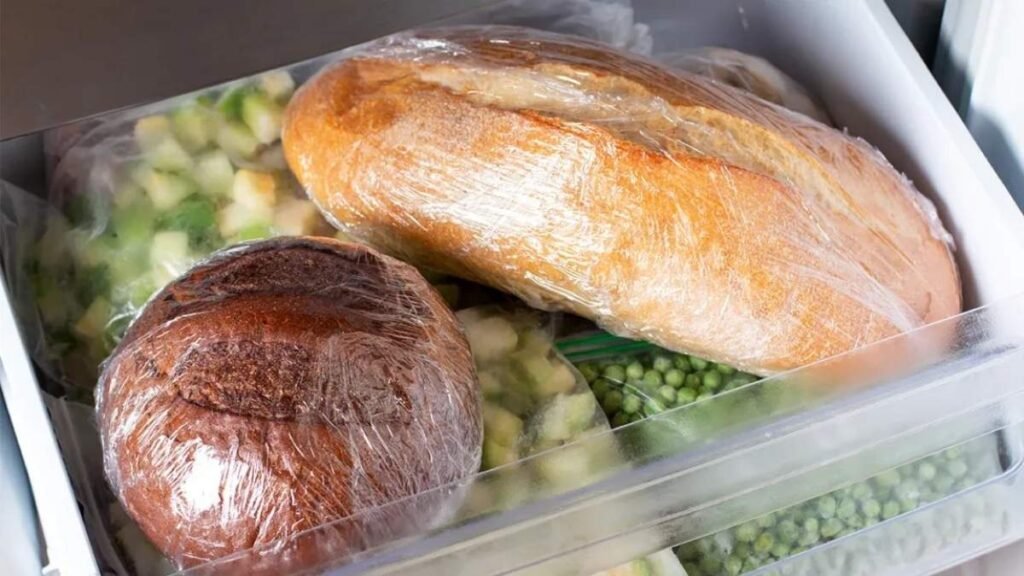
To freeze bread effectively, slice the loaf first so you can take out only what you need. Wrap individual slices or small stacks in parchment paper or cling wrap, then place them in a freezer-safe zip-lock bag. Squeeze out excess air before sealing to prevent freezer burn.
When you’re ready to use a slice, you can toast it straight from the freezer or let it thaw at room temperature for 15 to 20 minutes. For best results, avoid freezing bread that is already stale or dry it won’t improve once thawed.
Keep Bread in a Cloth or Paper Bag
If you’re going to eat the bread within a day or two, storing it in a cloth or paper bag is a great way to keep it soft while minimizing moisture buildup. Paper allows the bread to breathe, which reduces the risk of mold, and cloth bags (like linen or cotton) do the same but with a touch more insulation.
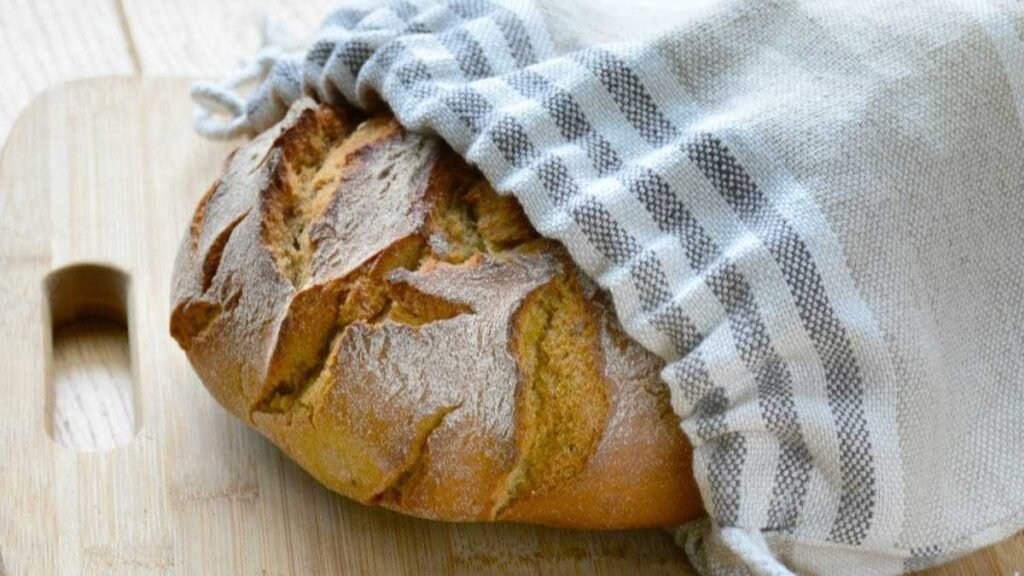
Avoid plastic bags unless you’re storing bread in the freezer. Plastic traps humidity, and while it might keep bread soft for a day or two, it also encourages mold growth especially in warm or humid environments.
You can use a cloth bag alone or place the bread, wrapped in paper, inside the bag for added protection. Keep the bag in a pantry or cupboard that stays cool and dry.
Don’t Store Bread in the Fridge
It may seem like refrigerating bread would help it last longer, but in reality, it’s one of the worst places to store it. While the cold temperature of a refrigerator does slow down mold growth, it also speeds up the staling process due to a process called retrogradation. This is when the starch molecules in bread crystallize, making the bread dry and hard.
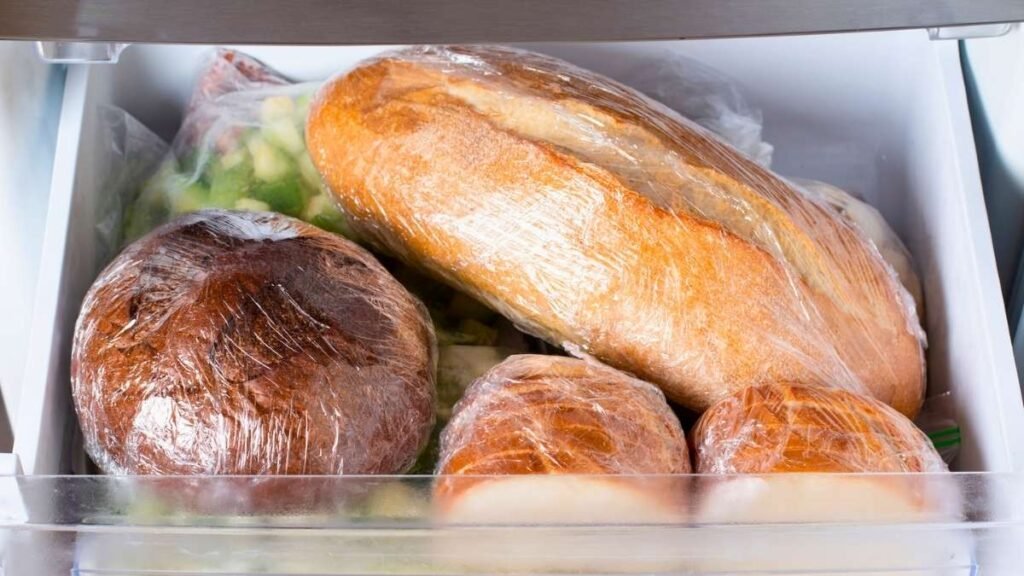
Unless your climate is extremely humid and you have no other cool, dry storage option, it’s better to avoid the fridge entirely. Stick with a bread box, freezer, or countertop storage in breathable wrapping for best results.
If mold is a frequent issue, it’s usually a sign that the storage space is too moist or the bread has been exposed to too much humidity something refrigeration won’t fix.
Add a Natural Moisture Absorber
One smart trick to keep bread mold-free is to control the humidity inside your storage container. You can do this by adding a natural moisture absorber, like a small piece of dry, uncooked rice wrapped in a paper towel or cheesecloth. Simply tuck it into the corner of your bread box or storage container.
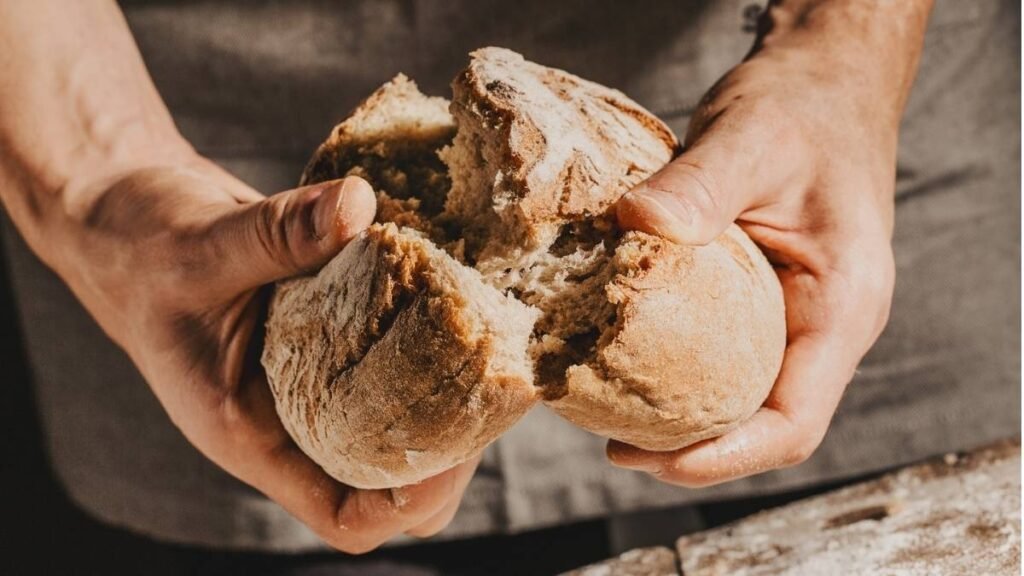
This helps reduce excess moisture in the air, which is often what leads to mold growth. Be sure to change the rice every few weeks or if it becomes damp.
You can also use a terra cotta bread saver disk, which absorbs and releases moisture depending on the environment, helping maintain the ideal humidity level for your bread.
Final Thoughts
Bread is at its best when it’s fresh, soft, and flavorful but without the right storage methods, it can quickly lose all those qualities. Fortunately, keeping bread soft and mold-free doesn’t require expensive gadgets or complex solutions. With a little attention to how and where you store it, you can enjoy fresh-tasting bread every time you reach for a slice.
Whether you opt for a traditional bread box, freeze your loaf in slices, or store it in a cloth bag with a moisture absorber, these small steps can make a big difference. The key is understanding the balance between moisture and airflow. Too much of either, and you’ll end up with stale or moldy bread. But get it right, and your bread will stay fresher for longer and so will your meals.
So the next time you bring home a fresh loaf or pull one from the oven, try one or more of these simple tricks. You might just be surprised at how much longer your bread lasts and how much better it tastes.




